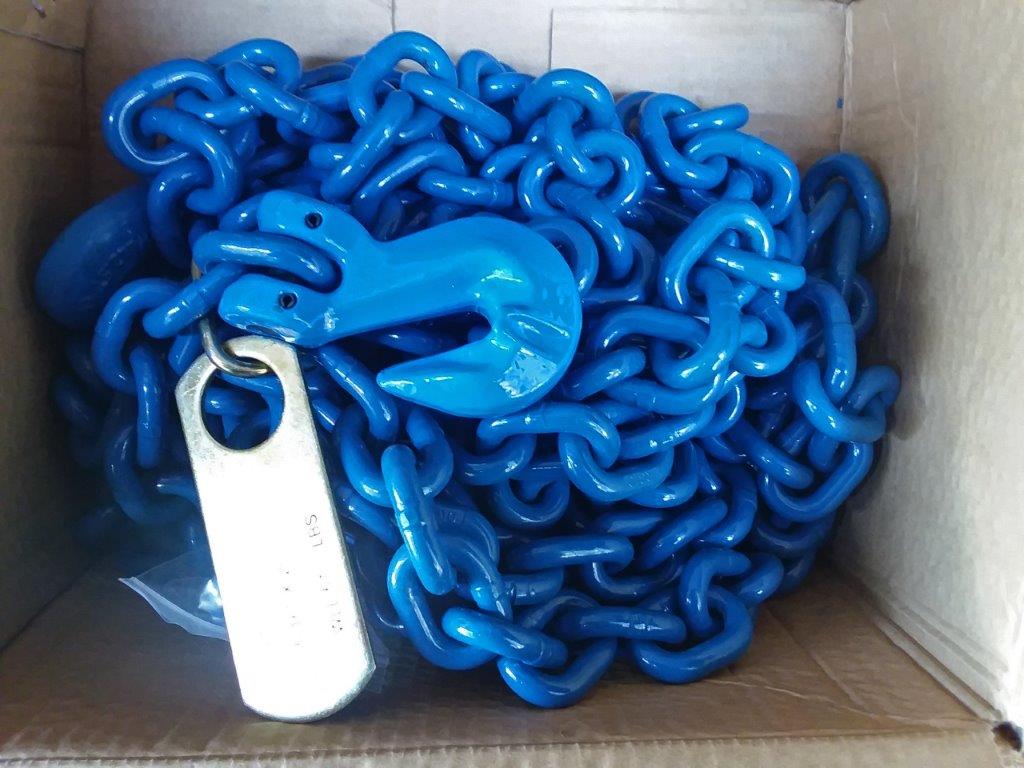Of course there are exceptions to everything but you won't convince me that using steel anything is a better option than nylon (or better yet a kinetic rope) for recovery. The stretch is what helps prevent damage of attachment points, frames, etc.
If your hitch broke with a nylon attached to it it would have taken less with a chain or a cable. Attachment points matter. That's not a dig on you because sometimes you have to use what is available. I've broken hitches also. It isn't pretty. I've got an old 2.5" straight hitch under my back seat for such purposes. No ball - shackle thru the hole.
Some damage is allowed but very little, assuming you are talking lifting equipment not yarding or logging. ASME B.30.20 is very specific and does not leave much for interpretation. Some nylon lifting slings have a different colored stitching within that if exposed must be removed from service. Slings with damaged or cut exterior stitching on the sides is another failure.
Wire rope criteria is kinda all over the place and depends on the type. Generally it's 10 wires in a lay or 5 in the same strand in one lay. Again type matters. Kinking, crushing, or bird caging is an automatic fail. Ain't no splicing back together of any lifting device by the end user for lifting slings. Some manufacturers will make repairs depending on severity of damage but they must be proof tested 3x weight rating and a new tag affixed. Usually just cheaper to toss and buy new. Again, this is for lifting service, I think the lines are being blurred here a little.
View attachment 1090987View attachment 1090989View attachment 1090990View attachment 1090991View attachment 1090992





























































